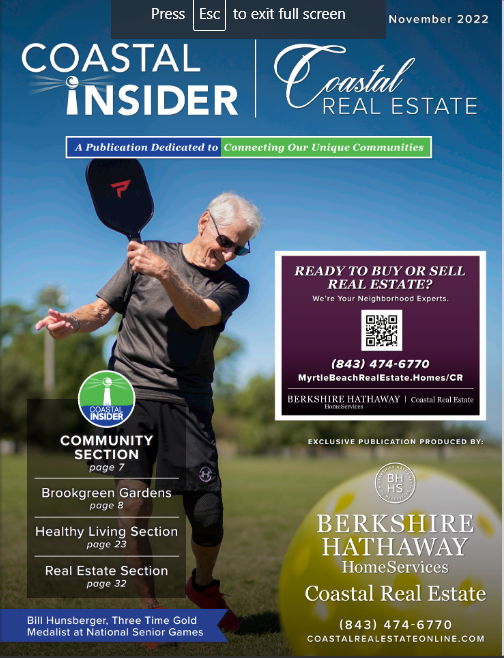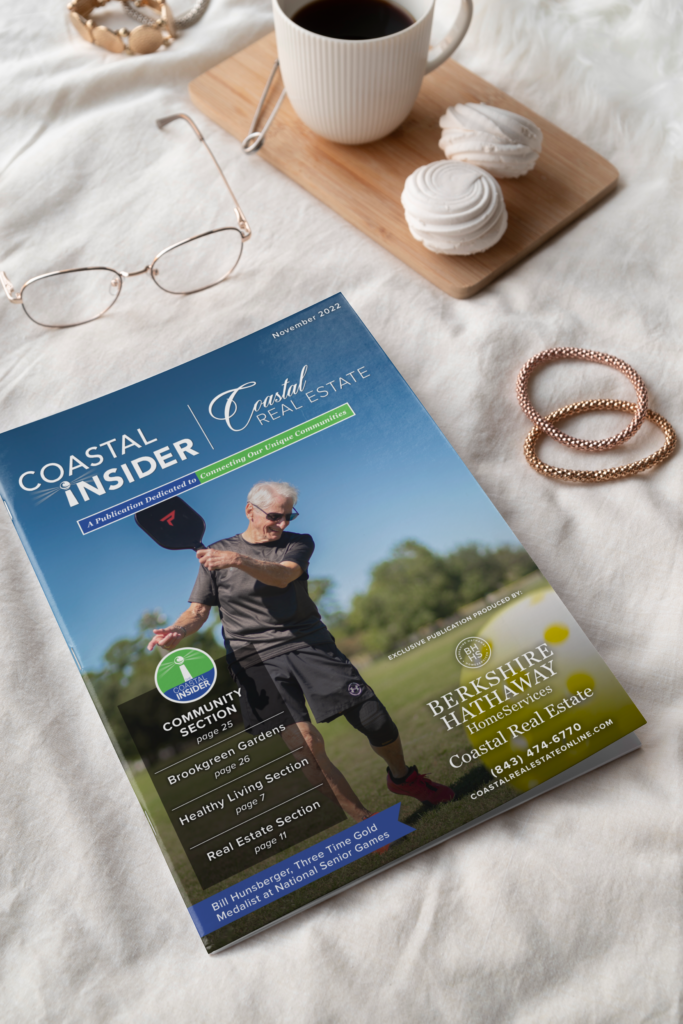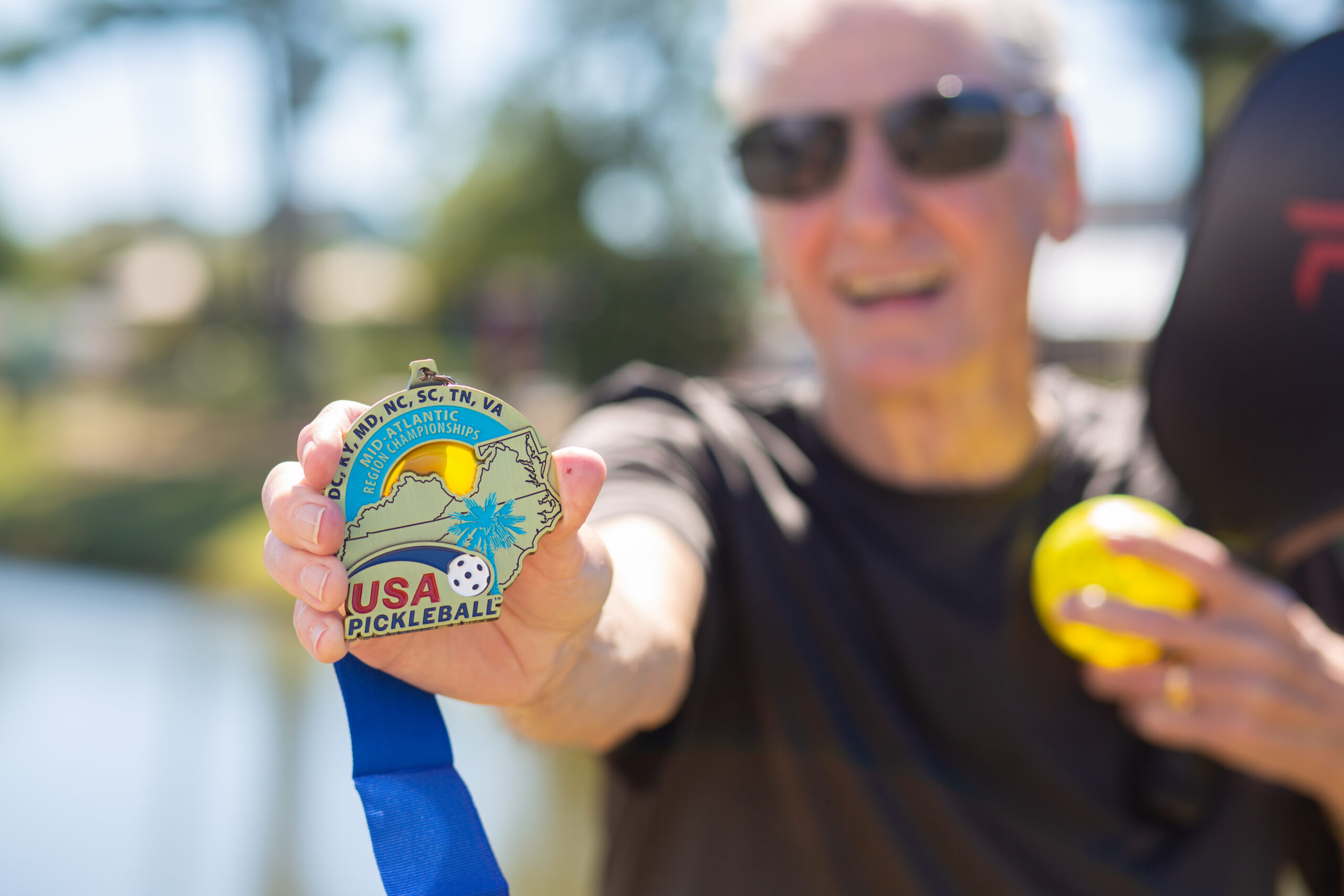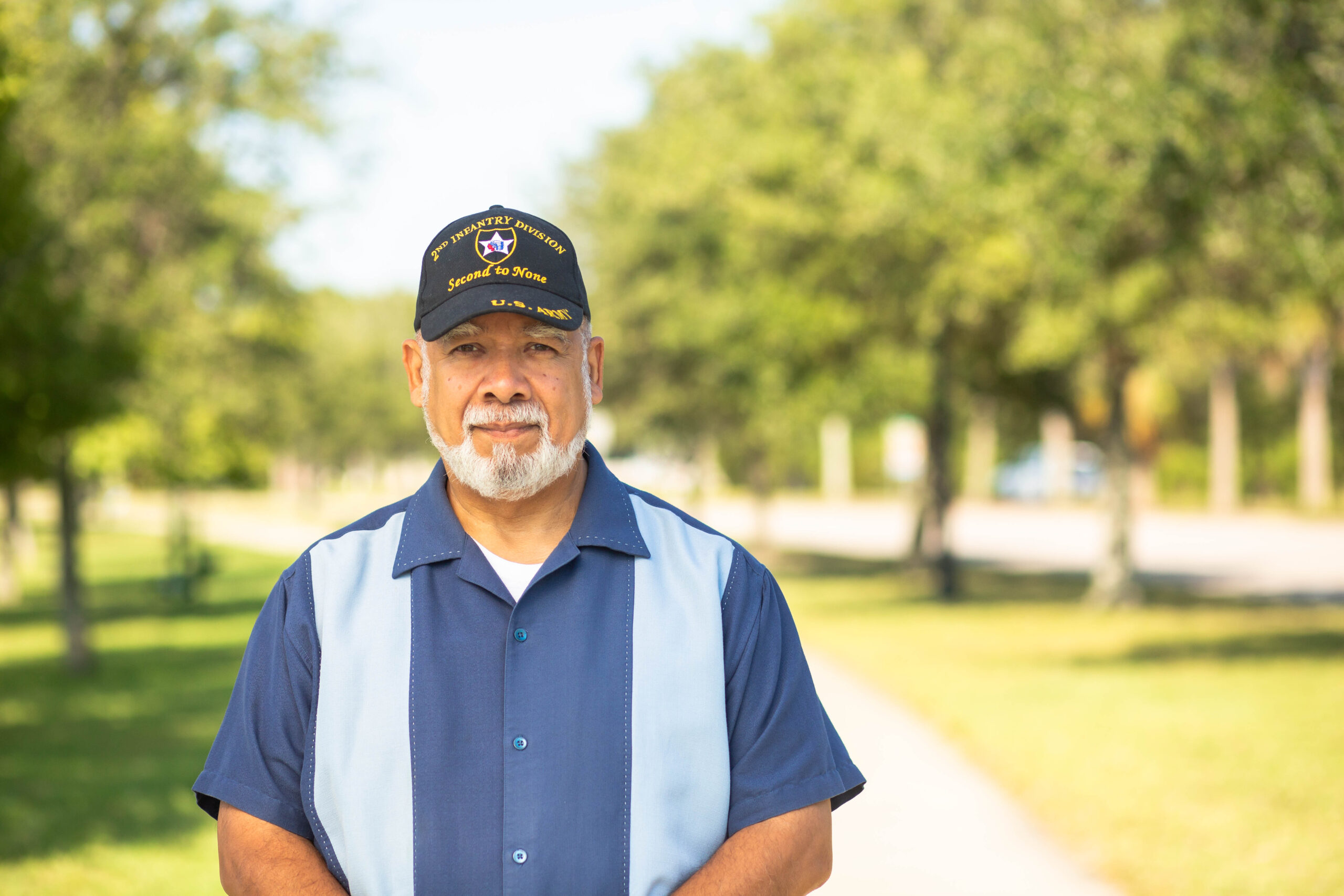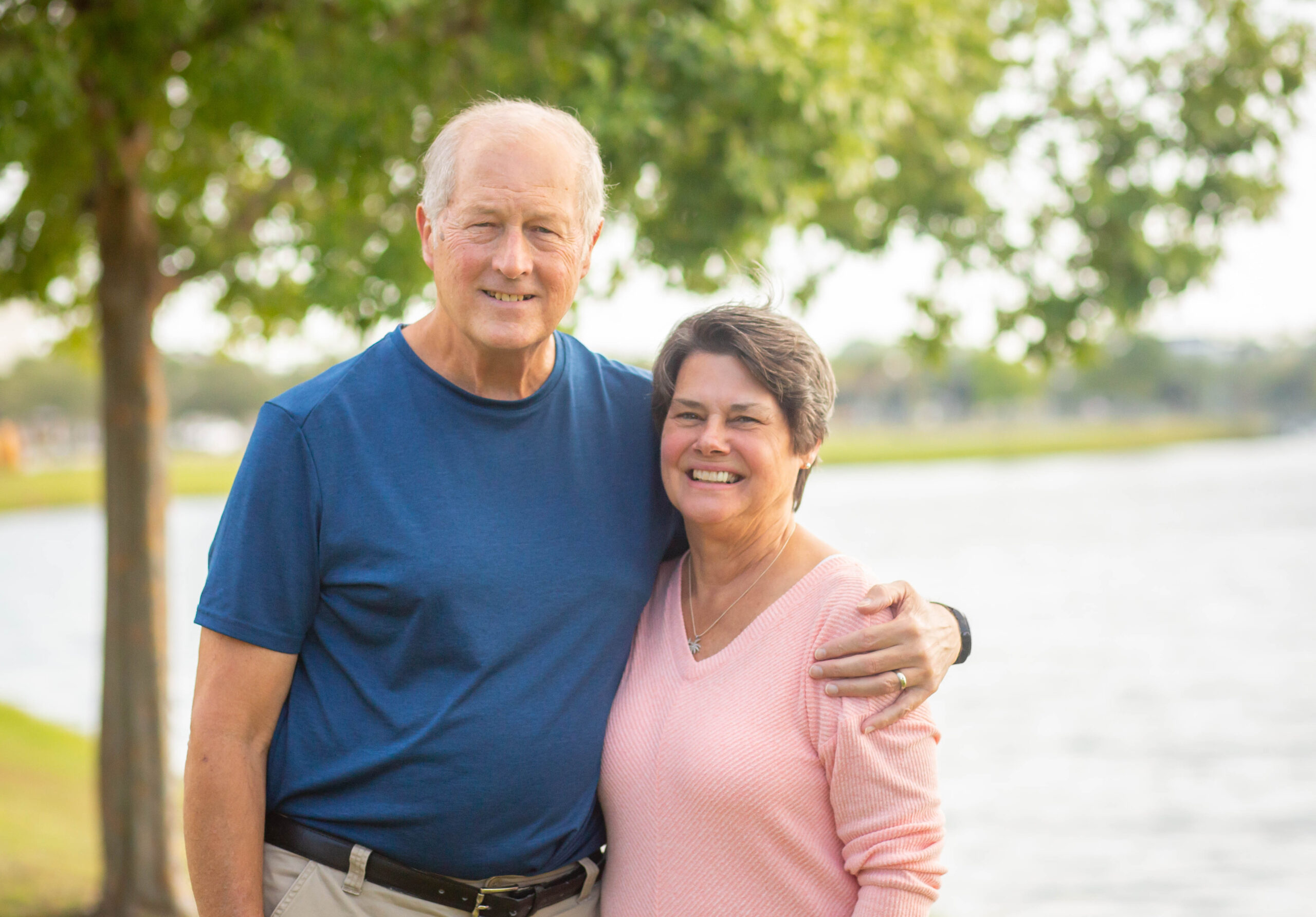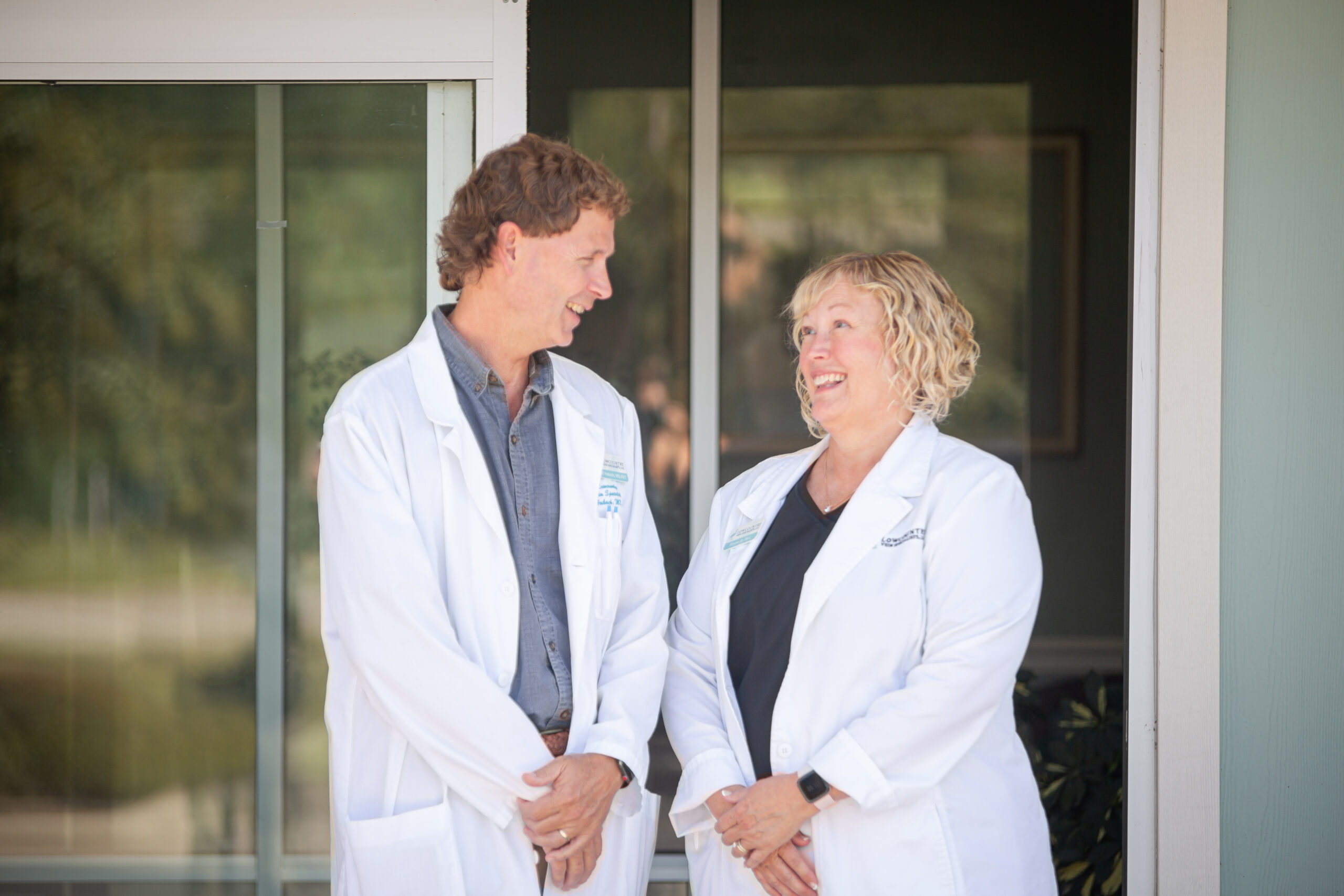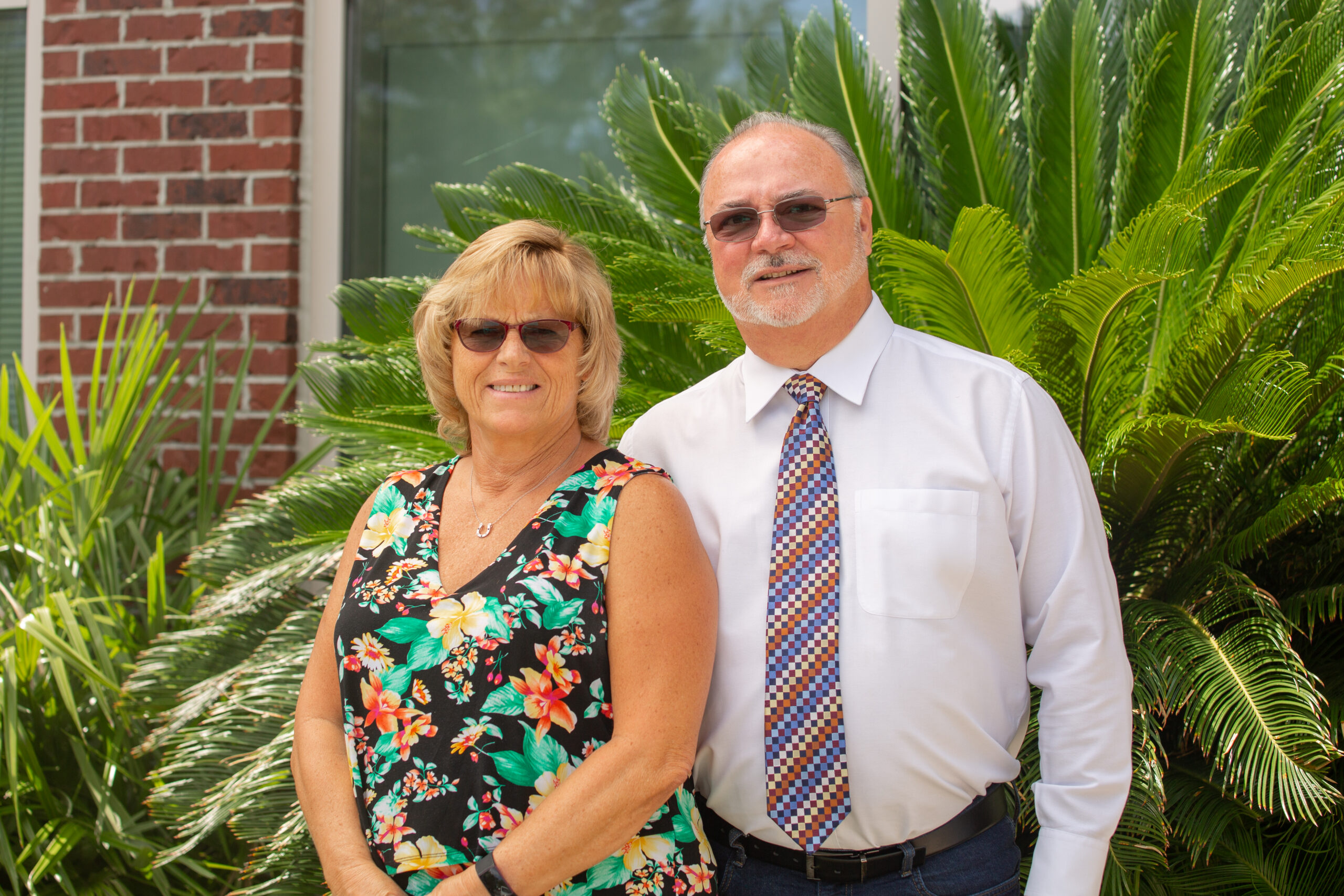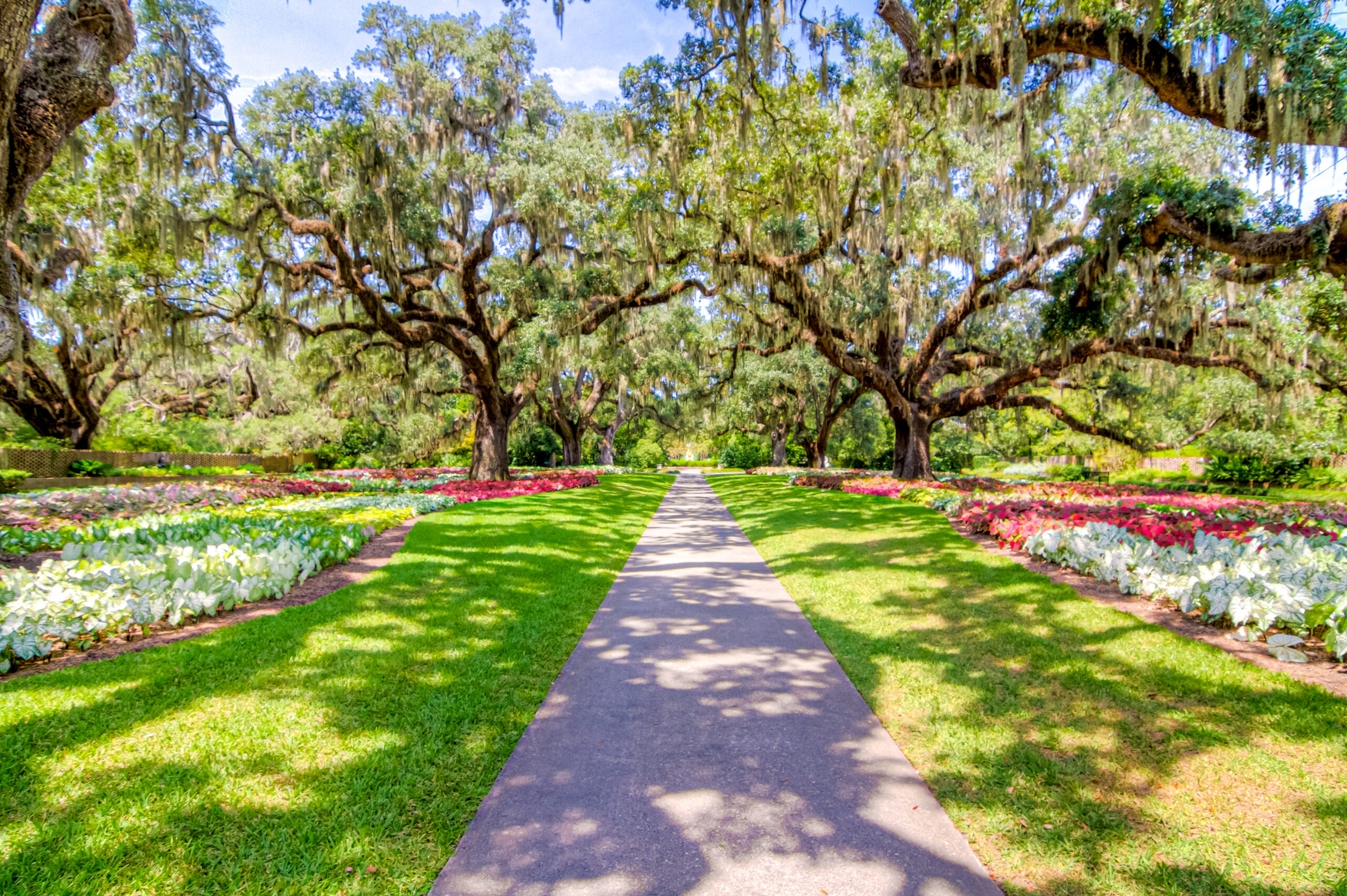A Pickleball Aficionado and Myrtle Beach Inspiration by Melissa LaScaleia Bill Hunsberger lives in Leitersburg, Maryland. But the indomitable 87-year-old vacations at his home away from home in Myrtle Beach several times a year. And when he does, he’s almost certain to play pickleball. The sport is now the fastest-growing in the country, claiming a following of almost 5 million and counting; the number of players has nearly doubled since 2014. Pickleball has ushered in a new era of fitness and fun, and has begun to replace tennis in popularity amongst younger and older generations alike. It’s similar to tennis in that it’s played on a court with a net, but opponents use paddles rather than rackets. It’s quick, good exercise, and lends itself to greater sociability around the court because of the way players rotate through the game; and it doesn’t require you to run as far as in tennis. The game has rapidly become a household name across the U.S., but perhaps nowhere more so than in Myrtle Beach, where an active baby-boomer generation has readily embraced it. “I never heard about it until 2013 when it was introduced to me at the Hagerstown, Maryland YMCA,” says Bill. “I knew pretty quickly it was something I wanted to pursue; I like racket sports. It started spreading around the local community and soon there were a lot of us playing.” Around the same time, Bill’s wife, Sylvia, developed Alzheimers disease. As her disease progressed and nurses came to their home during the week to assist, Bill would go to the Y and play pickleball to clear his mind. “It gave me the chance to talk to other people,” he says. “It’s a very social sport— way more so than tennis. I found out other people were also struggling with problems, and they found being out and about with other people was good for them too.” Bill has been active his entire life. He jumped horses until he was 15; when he was in his twenties he took up skiing, and was on ski patrol for eighteen years. He also pursued sailing, windsurfing, hang gliding, tennis, and now, pickleball. “I’m not a big guy, and I like any sport where competition and skill are more important than the size of the individual,” he says. “With pickleball, success is not so much about size as it is team effort. It’s an easy game to learn, but like any sport, you have to practice to develop skill.” Bill has exerted his competitive side by playing in pickleball tournaments almost from the get-go. In 2016, he met his partner, Pothen Varughese, who’s a year younger than he, and the two have been undefeated ever since— playing in eight senior tournaments to date. They won the gold in Men’s Doubles at the National Senior Games in 2017, 2019 and 2022. “A lot of people tell me: ‘Pickleball saved my life,’” Bill says. “People get addicted to the game, but I think what really hooks them is the social aspects and feeling good around others. It’s common for me to hear how people have lost spouses or are struggling with something. Being engaged with this sport— where your competitiveness comes out and it gets more intense as you progress— it helps you physically and mentally. And you can have fun while exercising. Men and women can play together so it fosters greater diversity and social interaction.” Sylvia passed away two and a half years ago. The last five years, the couple weren’t able to travel much more than to visit their property in Myrtle Beach a few times per year. Bill’s family has owned well over 500 acres of oceanfront property in Myrtle Beach since 1928, and he remembers taking regular family vacations to their small seaside cottage throughout his childhood. “My dad had to put a road in to get to the beach house,” Bill says. “You couldn’t see anybody in either direction when you were on the beach, that’s how deserted it was.” The original cottage took a beating with Hurricane Hazel in 1954. And successive hurricanes inspired his family to relinquish their oceanfront property for an inland plot. “Now I have a condo here,” Bill chuckles. “And when I come down there’s lots of places to play pickleball. I won the silver medal in singles this year in Myrtle Beach for the age 80 + bracket. But I actually took home the gold because I was the only one who showed up for my bracket of 85+.” Bill is an inspiration not only for his peers, but for younger generations as well. Most of the people he plays with are below the age of seventy-eight. “People often say things to me like, ‘If you can play it at your age, I can play it at my age,’” he says. “Or, ‘I hope I can be as good as you are when I get to be your age.’ I guess people think it’s kind of special to live to be this age and still be so active. But I’ve always had that competitive spirit in me— the drive to do well. And exercise, to me, is like preventative medicine.” Bill and Pothen hope to continue their undefeated streak at the National Senior Games in Pittsburg in 2023 to include a fourth gold medal. And Bill has another goal as well: “I aspire to get an endorsement from Metamucil,” he says. “I had tried before but it always fell through! I’m hopeful for the future though.” For endorsements of Bill Hunsberger please contact: 843-310-9140.
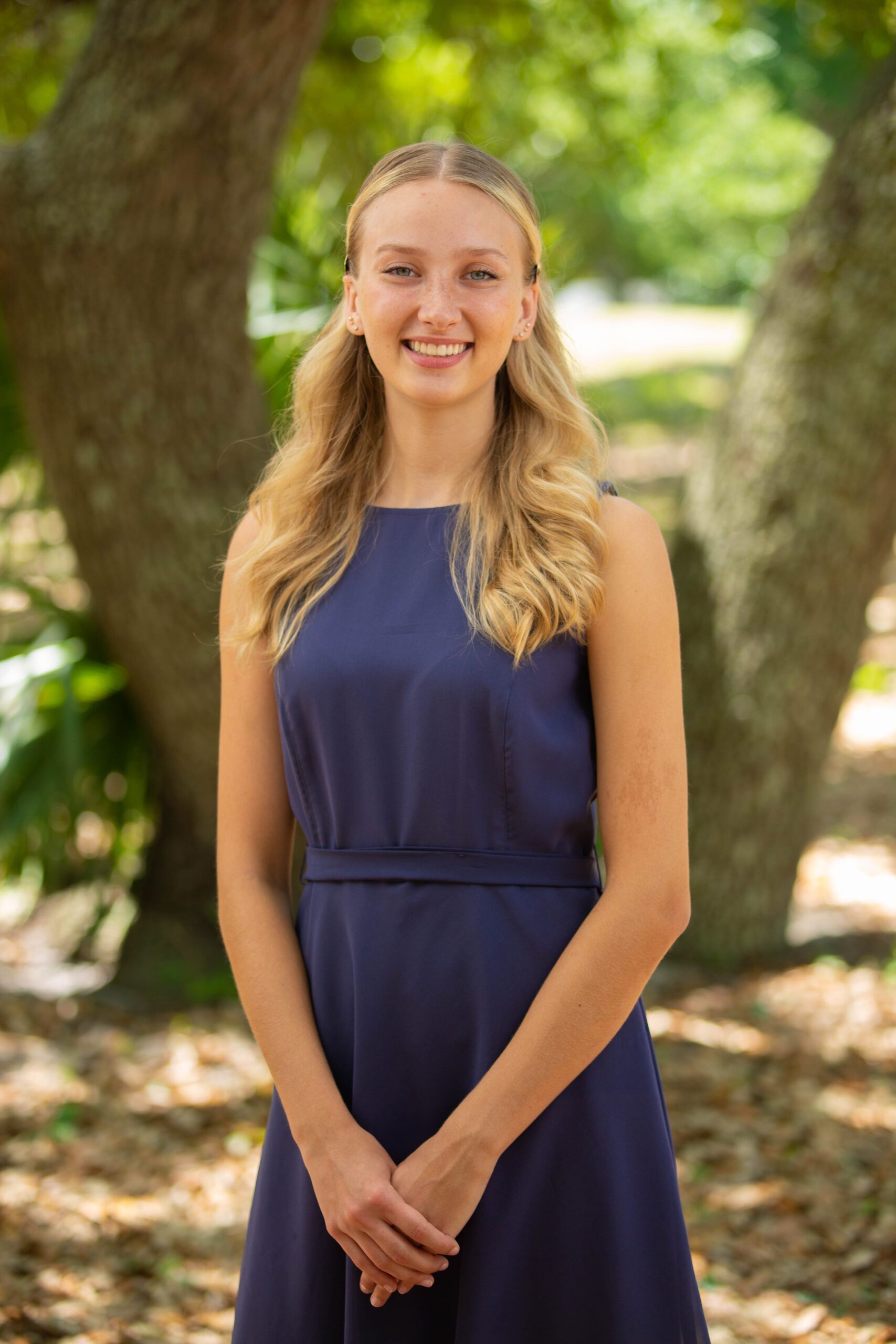 Since I started, I’ve learned new skills and how to adapt in this constantly growing environment. I began exclusively with social media, but have since expanded my skillset to learn about photography, drone videography, blog writing, and email marketing.
Since I started, I’ve learned new skills and how to adapt in this constantly growing environment. I began exclusively with social media, but have since expanded my skillset to learn about photography, drone videography, blog writing, and email marketing. 
